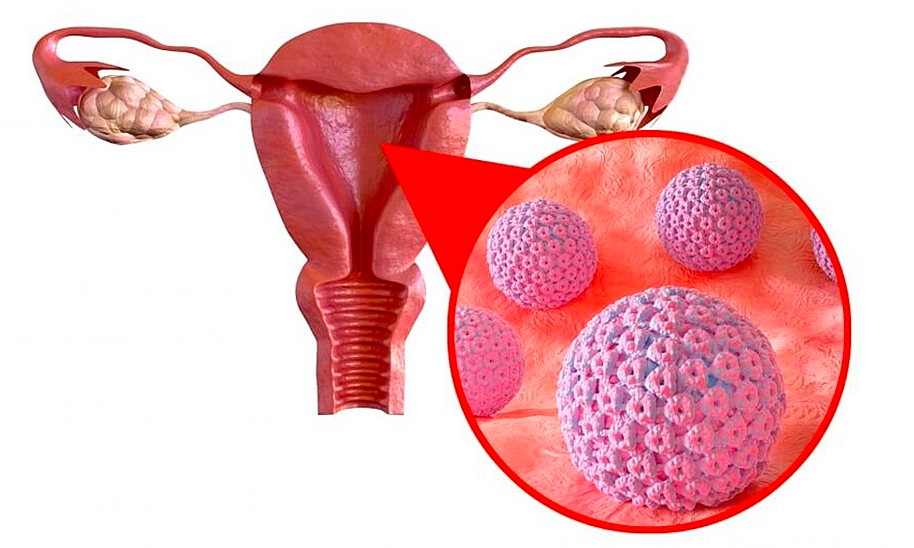Professor Nguyen Vu Quoc Huy, Vice President of the Vietnam Obstetrics and Gynecology Association and Rector of Hue University of Medicine and Pharmacy, revealed these figures at a seminar in Hanoi on 26/8. The seminar, "Reducing technical and psychological barriers to expand cervical cancer screening for Vietnamese women," brought together leaders and experts from various fields to bolster efforts to eliminate cervical cancer in Vietnam.
"Cervical cancer is one of the most preventable cancers globally, yet it remains a significant public health challenge in Vietnam," Professor Huy stated. He added that thousands of Vietnamese women are diagnosed at late stages each year, leading to less effective treatment and premature deaths. Early detection through effective screening is crucial to reducing this burden.
Statistics show that only 28% of Vietnamese women aged 30-49 have been screened for cervical cancer. This is considered modest compared to the World Health Organization's (WHO) global strategy, which aims to screen 70% of women before age 35 to accelerate cervical cancer elimination by 2030. Barriers such as stigma, limited access to services, and logistical difficulties continue to affect screening rates, especially in rural and remote areas.
Cervical cancer is a malignancy of the squamous or glandular epithelial cells of the cervix. These cells grow abnormally, forming tumors that multiply uncontrollably, invading surrounding organs, often metastasizing to the lungs, liver, bladder, vagina, and rectum.
WHO statistics indicate that the Human Papilloma Virus (HPV) is present in about 99% of cervical cancer cases, making it the highest risk factor for the disease.
 |
Illustration of a cervical cancer tumor. Photo: MedTour |
Illustration of a cervical cancer tumor. Photo: MedTour
As part of the global effort, the WHO has set the 90-70-90 targets for vaccination, screening, and treatment, aiming to eliminate cervical cancer by 2030. Vietnam has made significant progress, integrating the HPV vaccine into the National Expanded Program on Immunization and expanding treatment services. However, screening and early detection remain the biggest hurdles.
While detecting cancer cells previously involved complex procedures, advancements in technology have simplified HPV screening. One method is self-sampling for HPV DNA testing, recommended by both the WHO and the Vietnam Ministry of Health for cervical cancer screening. This method allows women to collect samples at home, overcoming psychological and geographical barriers to early detection.
The HPV DNA testing model has been piloted in Hai Phong. Results show that this test can be effectively integrated into the primary healthcare system, enabling early detection, reducing the burden on frontline facilities, and improving the referral system. Nationwide implementation could expand access for women and strengthen the healthcare system's capacity in the effort to eliminate cervical cancer.
At the seminar, Dr. Heather White, Executive Director of TogetHER for Health, emphasized that eliminating cervical cancer requires not only clinical tools and guidelines but also long-term policies, multi-sectoral collaboration, and context-specific national investment. Investing in prevention, especially in high-impact areas like cervical cancer screening, yields benefits beyond reduced treatment costs, including a healthier and more productive workforce.
Le Nga












